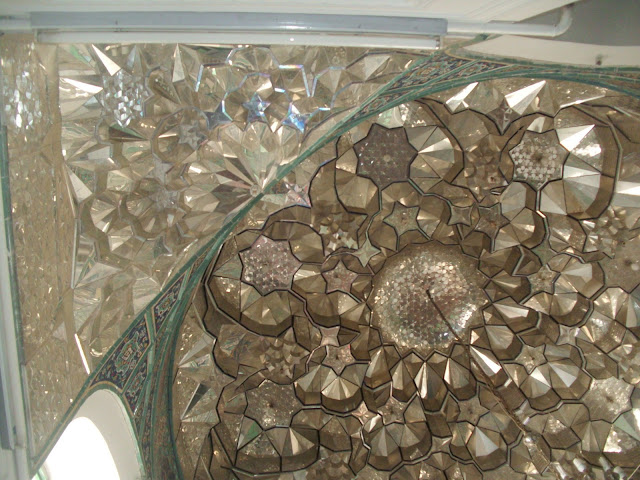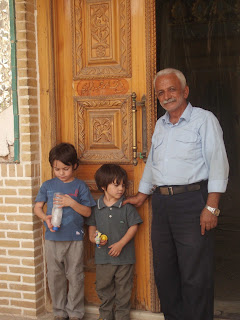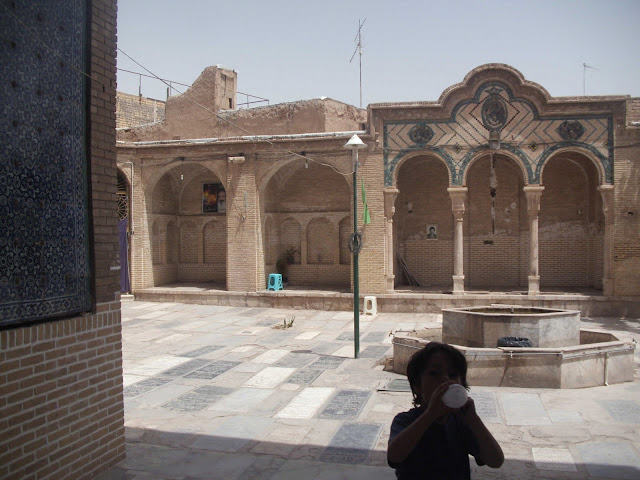 |
| Beautiful artwork but relatively very simple casing for a great personality. |
We actually did meet a young lady at this site, an astronomer who kindly invited us to her talks at the observatory not to far from our home. Perhaps we will cover that in one of our very near posts. She also helped us find another nearby Imamzadeh 'Chehel Athtaron' the site of 40 sisters who traveled with Lady Masouma (as) to Qom. It is said that they were martryed here too. The site also holds the bodies of one other son of Musa Ibn Jafar's (as) sons and some members of his family including his wife, but we will cover that in another post.








































+-+Copy.JPG)




















